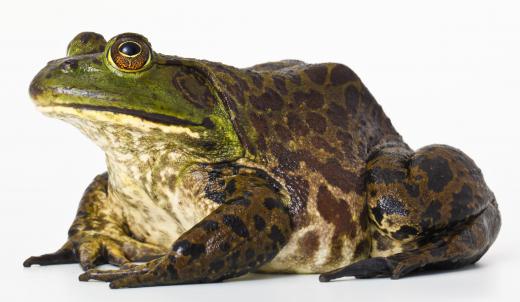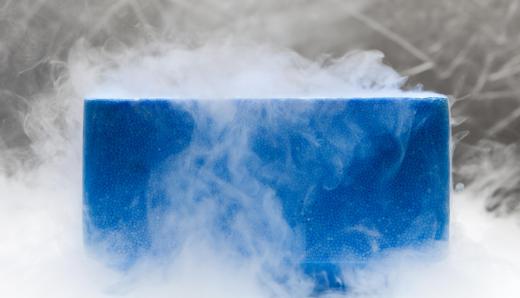What is Cryobiology?
Cryobiology is the study of how living or non-living organisms are affected by very low temperatures. This field of biology has been used for infertility research, organ transplantation and livestock breeding. The study has sometimes been linked with the idea of freezing and preserving sick people until the cure for their illness is discovered.
In one way or another, the practice of cryobiology has existed for thousands of years. Early civilizations applied it in medicine, where cold water and compresses were utilized to stop blood flow from wounds. In modern times, a type of low-temperature gas called liquid nitrogen has been used to freeze cells. This technique is used during organ transplant procedures, where vital organs like a heart may need to be frozen during its transfer from donor to patient.

Cryobiology allows for blood and embryos to be frozen for future use. Rare blood types, for example, can be donated and preserved at a hospital until a patient requires that specific type. Frozen embryos, which consist of an egg fertilized by a sperm in the early stages of development, are sometimes used in scientific experiments. Through this method, cryobiology can also help infertile women have children.

Cryobiology has applications in agriculture and farming as well. The embryos of genetically strong livestock can be preserved, replicated or cloned and readied for mass production. A number of cattle, for example, can be implanted with the eggs from a single cow so that they give birth to genetically preferred young. This technique can also be used in inter-species breeding, such as increasing the number of buffalo by giving their embryos to surrogate cows.

There have been many experiments on developed living organisms to test how plants and animals adapt to severe drops in temperature. Certain trees, for example, can produce sugars and proteins when exposed to below zero temperatures that allow them to withstand the harsh conditions. Some vertebrates, such as snakes, turtles and frogs, have the ability to protect and thaw their internal organs even if they have been exposed to freezing conditions for weeks. Particular species of fish and insects have special proteins that prevent ice from forming inside their bodies.

Studies have been conducted to test the whether humans can be preserved through freezing and later brought back to life. The hope is that, if possible, this practice could stop the progression of a terminal illness or disease until modern medicine discovers a cure. No means have been found, however, of actually reanimating a person after being frozen for too long.
AS FEATURED ON:
AS FEATURED ON:
















Discussion Comments
what are the educational requirements of a cryobiologist?
Frequently confused, cryobiology is different than cryogenics. Cryogenics is a subset of physics that involves the study of how very low temperatures affects materials, while cryobiology is a branch of biology that also involves the study of how low temperatures affects organisms.
Post your comments